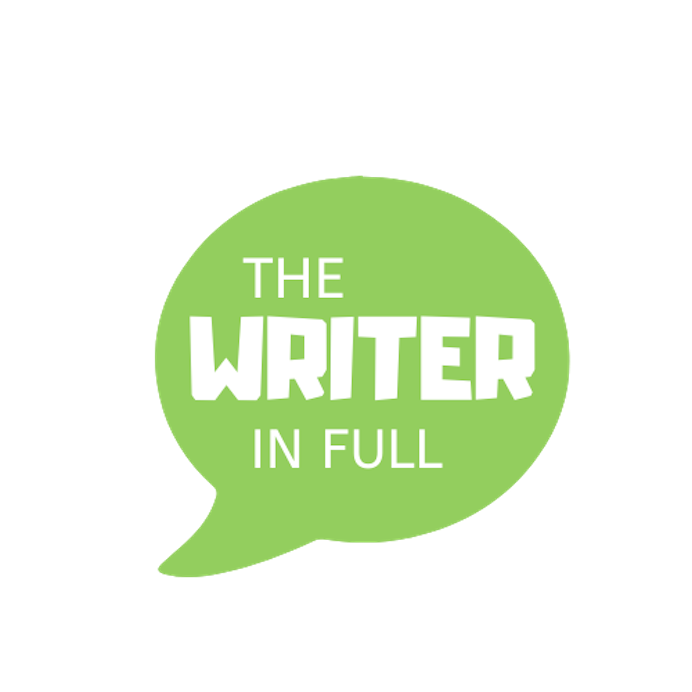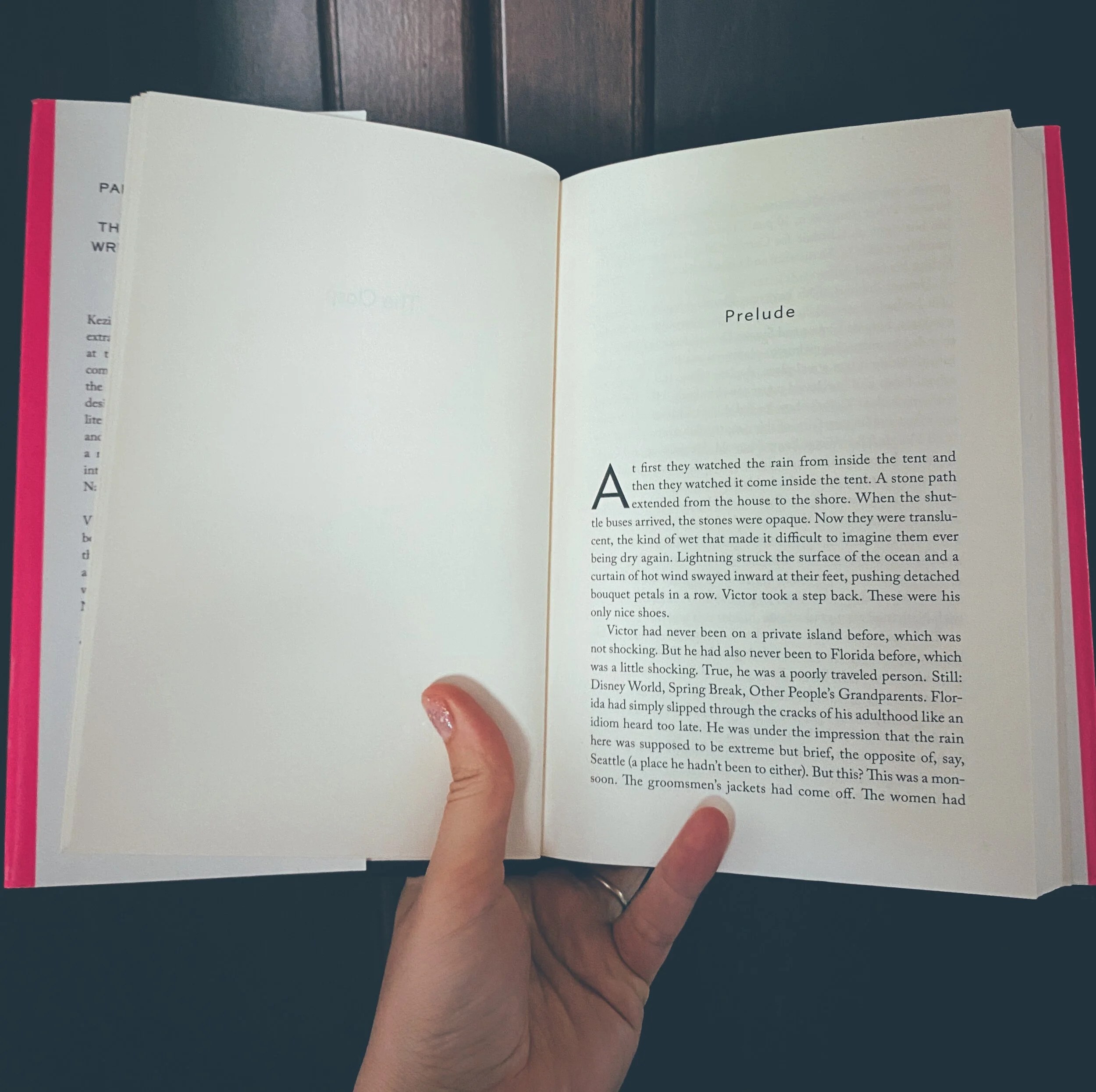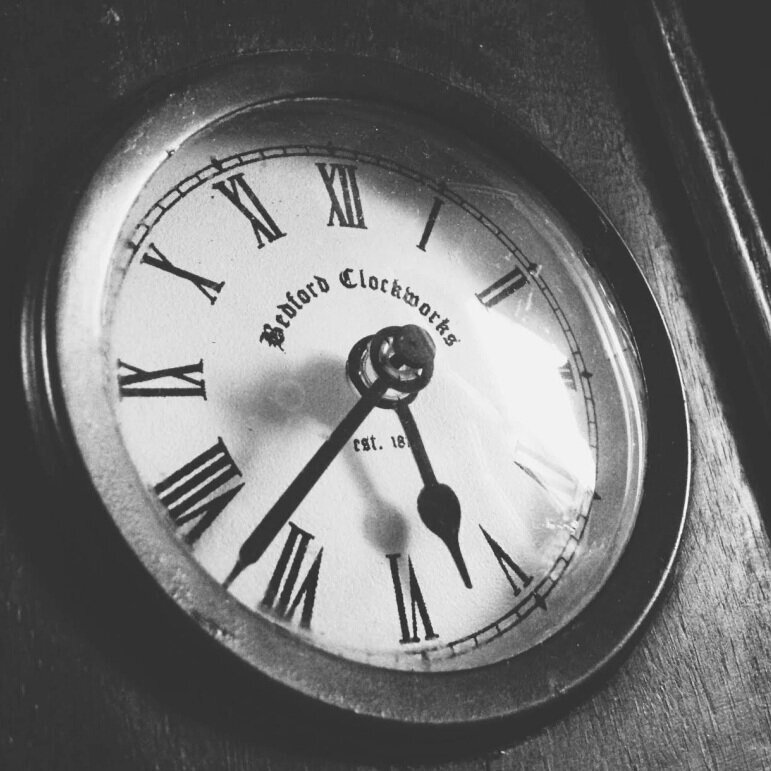Are Prologues and Epilogues Dead?
The other week, I was finishing a super-long book (almost 900 pages! In tiny print!) and felt at once dismayed and relieved when I arrived at the tail end and discovered that the last five pages were an epilogue.
I read a few lines of it, then put the book down and drifted off to another activity.
I was ready to be done reading that book, though I’d enjoyed it immensely. I felt satisfied by the ending, I knew what had become of the main characters. I was good.
So maybe I’d just skip that epilogue entirely?
I told my husband what I was considering, and he declared unequivocally, though not judgmentally: “I always finish every page of a book.”
I am definitely not that kind of reader. I get bored and wander off if things are slow to start or slow in the middle, or slow to end, or slow anywhere, really. I feel zero loyalty to the author telling me the story, and zero obligation for the sheer sake The Story.
It’s how I’m wired; I also have a habit of turning off just-OK movies 20 minutes before closing credits, feeling satisfied that I’ve seen enough and can guess at the ending anyway, which also baffles and horrifies people around me.
Epilogues are the same; if I’m happy (or unhappy) enough with what I’ve read so far, I’ll sometimes pass them straight over.
When it comes to prologues — sometimes called “preludes” or given spicy monikers like “Last Night” or “Los Angeles, 1945” or left nakedly untitled — I’m more charitable. They offer lazy readers like me an easy way in to the story, and they enable an author to set up a few essential pieces of information without being contained by the space-time or narrative arc of the primary story.
But lately, I’ve heard from more than one writer that they’ve read somewhere or other that the Prologue is Dead. Or the Epilogue is Dead. Démodée. Done-with. And totally amateurish.
And yet many authors still really want to write them, and it feels like it would make sense in their work-in-progress and are built-in bookends ever acceptable?
If information is important, goes the thinking, it belongs in the primary story, and if it’s not put there, it’s gonna get skipped entirely by fairweather readers like me. Most books are overlong, literary restraint is a virtue, etc., etc.
Here’s how I feel, as both a rather-impatient reader and an abidingly patient editor: if you’ve got a quick, visceral anecdote that introduces your main story without merely presaging or rehashing it, and you can get in and out of it in just a few pages, and shoving the information into chapter 1 would really muck things up, go for it. (Bonus points if the protagonist of the prologue is not the protagonist of your main story!)
Likewise, if you’ve got a quick, visceral anecdote that pulls together the threads of your story without repeating it or undermining what’s already been said, again, go for it! But tread more carefully here; often, an epilogue draws out the ending unnecessarily, connects dots the reader would rather connect themselves, and feels generally overwrought.
As for that 900-page book of mine and its epilogue, I decided to hang with it, grudgingly. And ultimately, I was glad I did. That eight-minute-or-so commitment really did round things out, and even proffered a few new bits of information.
Perhaps even lazy readers can be convinced.
In art and in life, beginnings and endings are tricky things to get right. But in art, unlike in life, you get to edit reality as many times as you please, so don’t be afraid to experiment.
You can always lop off those figurative bookends later — with the blessing of your editor, of course.





